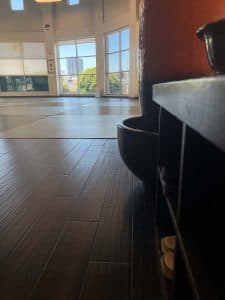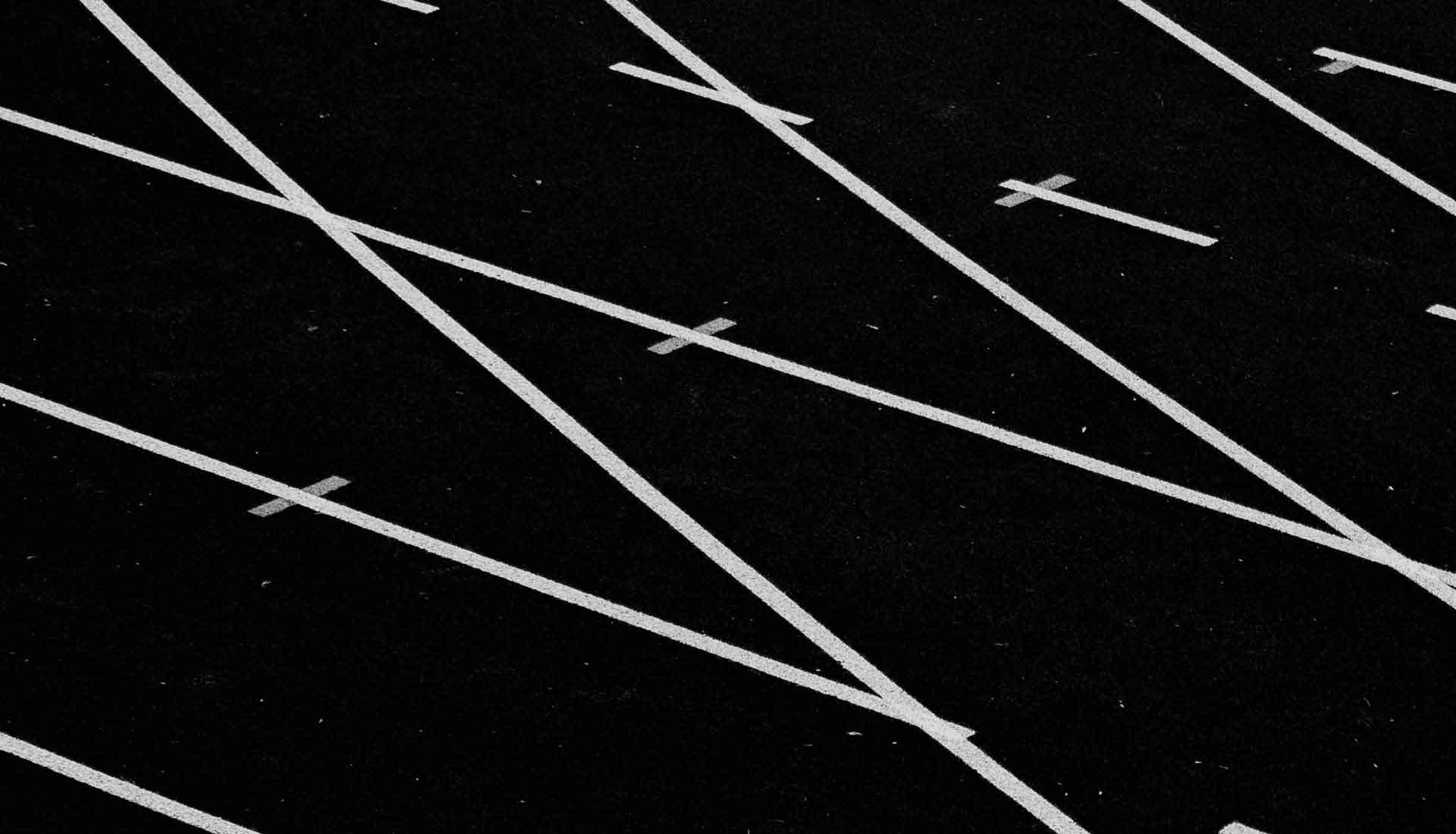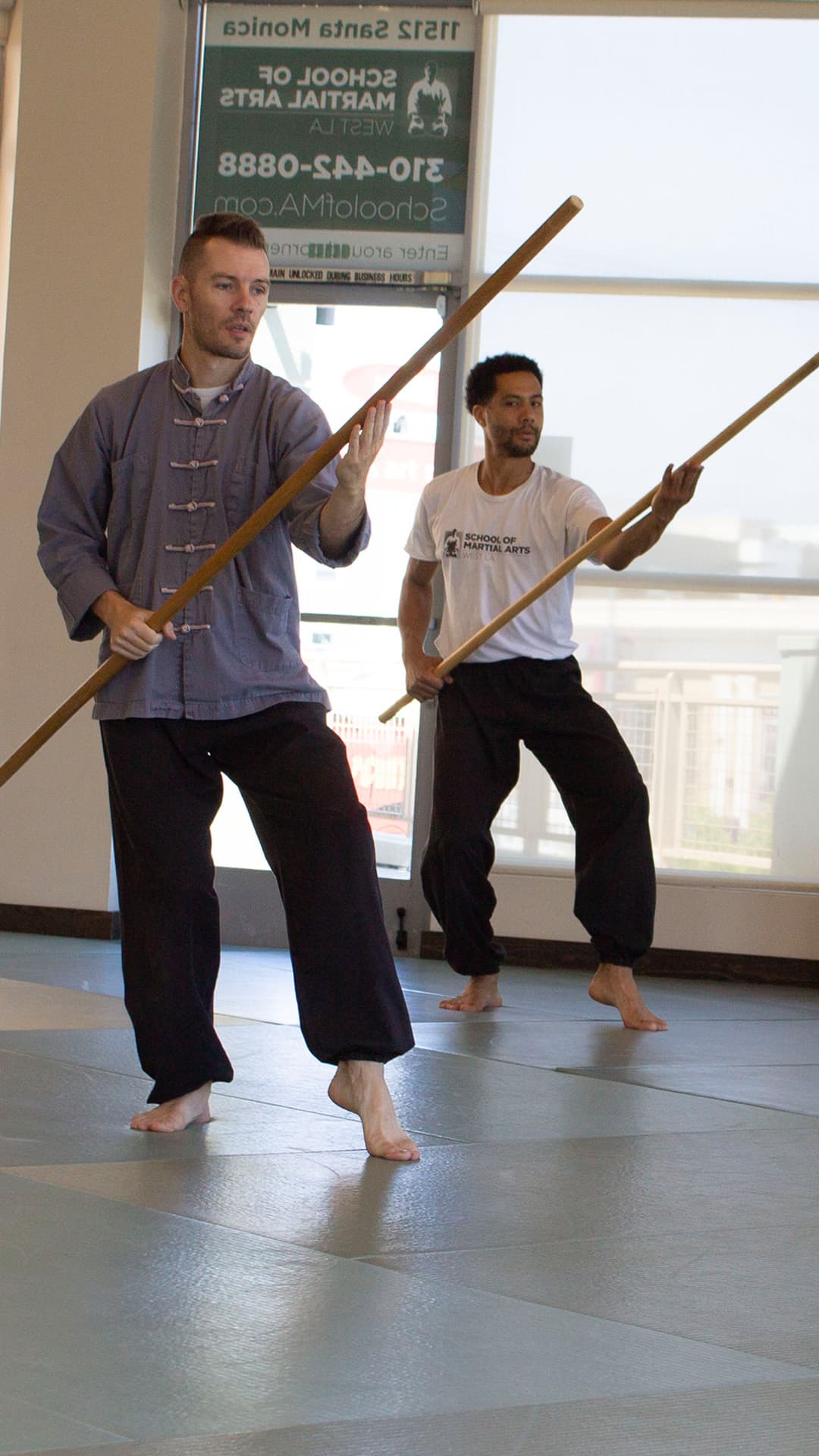 We take off our shoes before entering the mats in the dojo for a few reasons. One, we practice barefoot for safety (some kicks and brazilian jiu jitsu techniques are more difficult or dangerous with shoes). Two, it is cleaner as we don’t track dirt from the outside world onto the mats. Three, we remove our shoes as a sign of respect.
We take off our shoes before entering the mats in the dojo for a few reasons. One, we practice barefoot for safety (some kicks and brazilian jiu jitsu techniques are more difficult or dangerous with shoes). Two, it is cleaner as we don’t track dirt from the outside world onto the mats. Three, we remove our shoes as a sign of respect.
The cleanliness and respect reasons are related, as I suppose safety is also related to hygiene. This tradition dates back in many cultures to a time when the outside was filthy. Were a person to track dirt into the house by wearing shoes, their house would also be filthy in no time. In Japan there is a separate entryway in a building or home called the genkan (kind of like a small version of our lobby) where shoes are removed and you often change into slippers. At the Aikido Honbu Dojo in Japan, their genkan is the size of our entire lobby but it is filled with shoes. When I visited on a Wednesday afternoon, there was hardly any room for my shoes. There were 200 people there practicing!
Similarly in China, other Asian countries and even in other countries throughout the world, most people remove their shoes at home. In America, we may do it because we are more comfortable without shoes. In some places such as the Arabic world it is necessary to remove your shoes before entering a place of worship. Such as a mosque as a sign of respect. When in Turkey I visited several mosques including the Blue Mosque and Hagia Sophia, two of the most beautiful buildings in the world. Though I have little experience with Islam, I felt right at home removing my shoes along with everyone else (and had to stop myself from side stepping once inside).
While the dojo is not a place of worship, we do want to treat where we practice with utmost respect. Taking off our shoes and bowing before walking onto the tatami mats, we signal to ourselves and others that we are shifting our mindset. We are leaving behind the mental “dirt” of the outside world and bringing a clean mind to practice. This enables us to be better students and partners. With a clear mind, we can learn more effectively. Without the emotional baggage of our day, we can connect with and see what our partners need from us.
The actual act of removing our shoes is an opportunity to move with mindfulness. Every day I see a few students rushing to get to class. They quickly throw off their shoes, shoving them into a cubby. This is done haphazardly or sometimes even leaving them on the floor of the lobby. I jokingly tell them this is a “fire hazard”, but really it is a mind hazard. Not only does it look sloppy but it sets us up for a sloppy class. We should place our shoes in the shoe rack and change into our uniform with care. While I appreciate it when people are trying to get to class on time, the better option is to leave home or work five minutes earlier. I have to remind myself of this as well.
When class is over and we bow off of the mats. We can use putting on our shoes as an opportunity to take that mindfulness with us into everyday life. If we take a few extra moments to deliberately tie our shoes, we may be a bit more mindful as we walk out the door. Maybe we bring a more calm mindset into the car as we drive home. We may even keep that clear mind and great partner skills with us when we walk in our door. Our families may truly appreciate it. If we choose, we can even remove our shoes at the front door of our home. Walking through the rest of our lives with the same mindset we have on the tatami in the dojo.




Christopher
Thank you for this reminder . I do find life is much easier to navigate when it starts with how I enter and exit!